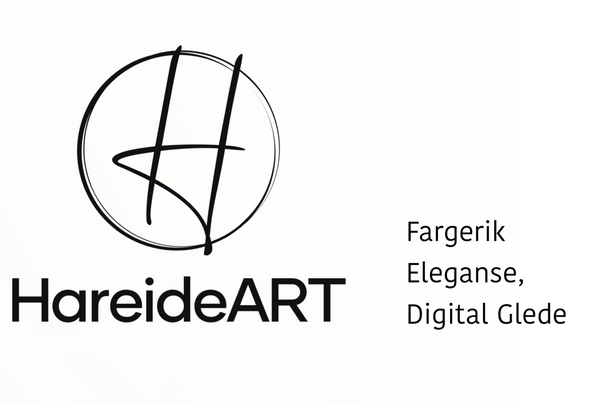It is not always the form itself that catches our attention, sometimes it is the absence of form that is most effective in attracting our attention. Our eyes are constantly looking for something that stands out, so what if what stands out is actually not there at all?
Negative space can be one of the most exciting and powerful elements in art. It can transform an otherwise ordinary piece of art into something that really stands out. But what exactly is negative space? Simply put, it is the area around, between or within the shapes in an image or drawing that is not filled with color or detail.
Negative space works particularly well when surrounded by tightly packed shapes or patterns. In contrast to these areas, negative space becomes even more apparent. Negative space can also act as a silhouette and create an exciting play between light and dark in the image.
Another exciting aspect of negative space is how it can be used to create illusions of movement or depth in the image. It can, for example, give the impression that an object is moving out of the picture, or that it is larger than it actually is.
For artists, negative space is a useful technique to have in the toolbox. It can be used to create balance and harmony in an image, while adding a sense of mystery and intrigue.
Negative space can be created using traditional media such as white paint, gel pens or masking fluid. It can also be achieved using digital tools such as Photoshop or other image processing programs.
So the next time you're creating a piece of art, don't forget the power of negative space. It could be just what you need to elevate your work from ordinary to extraordinary.


